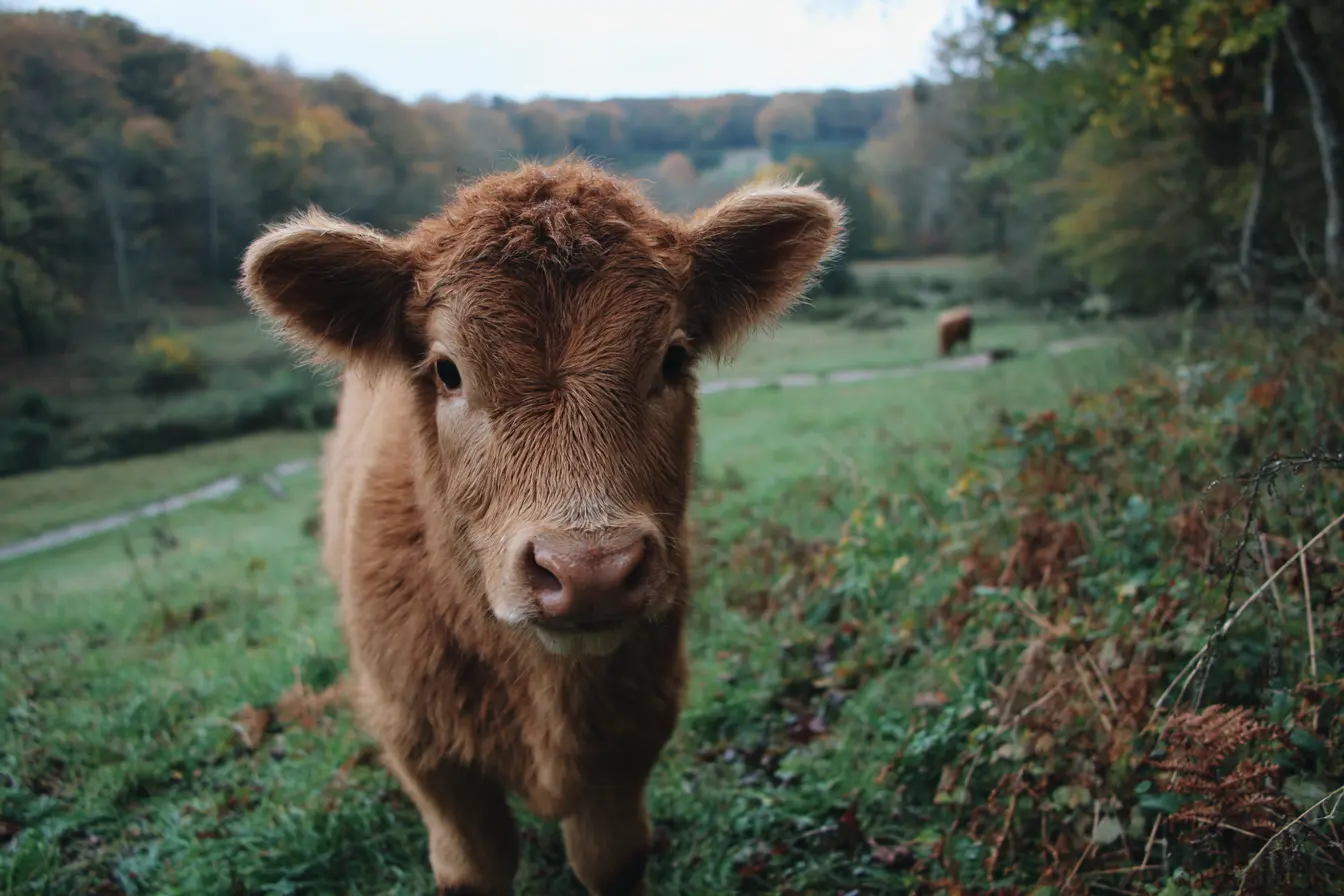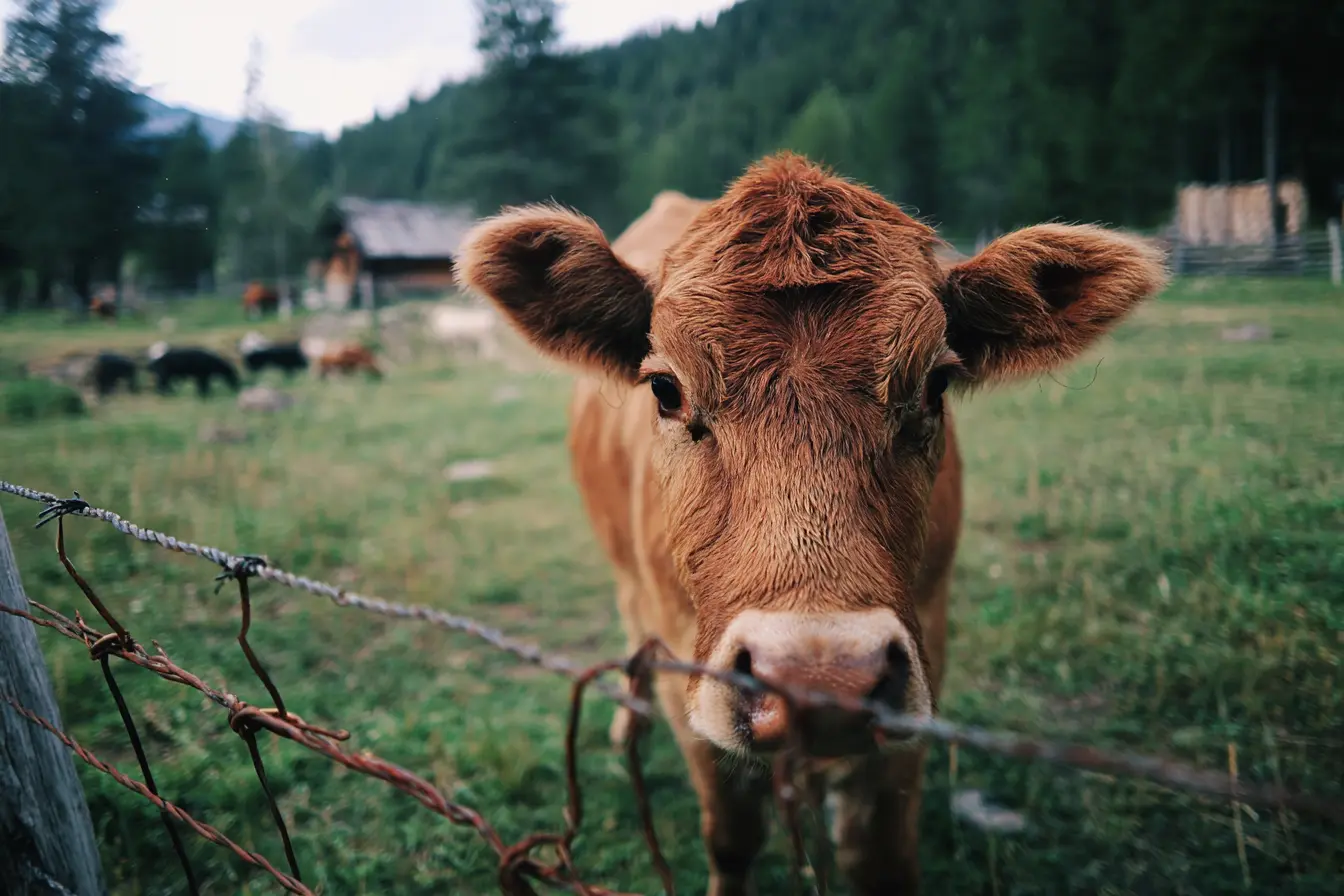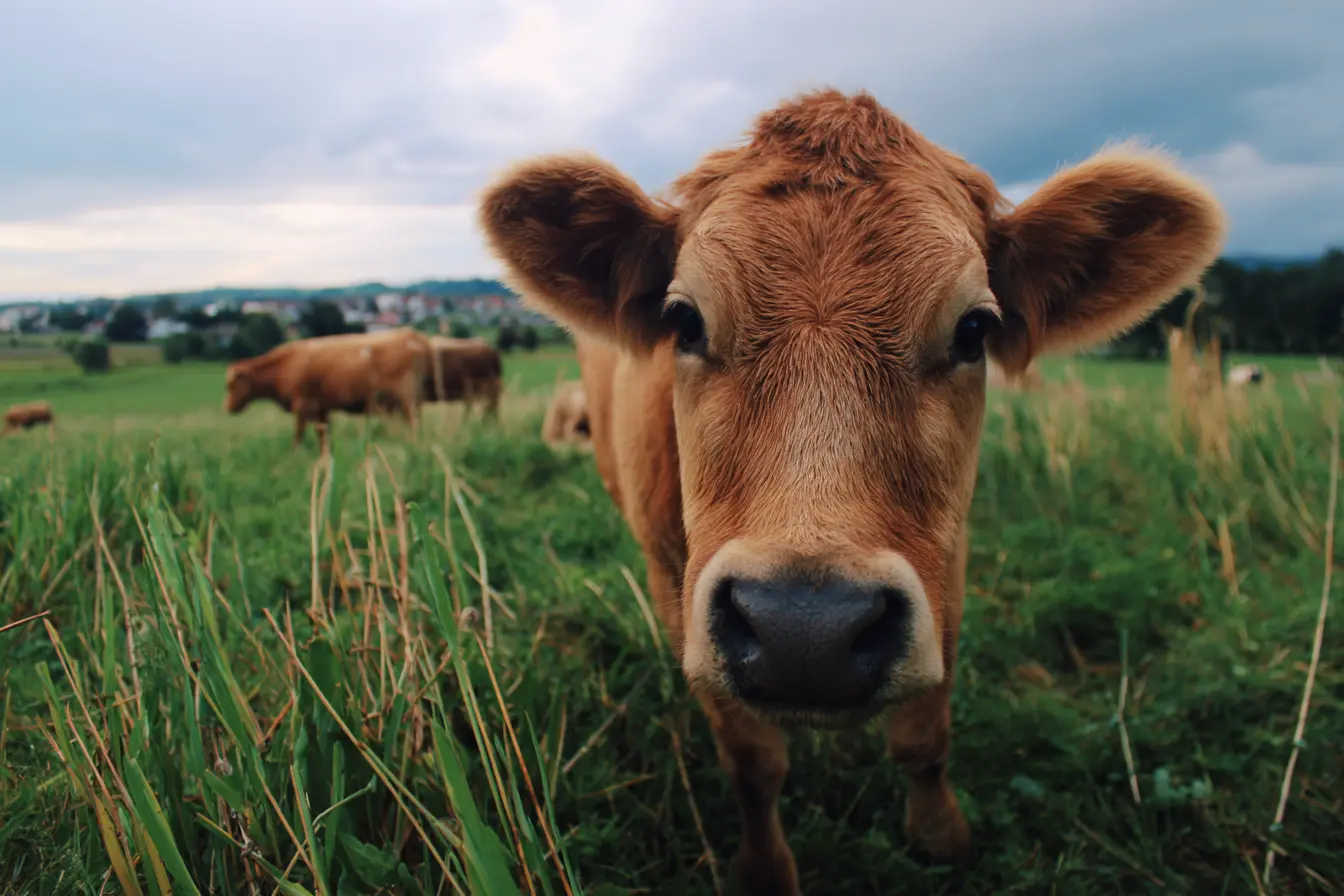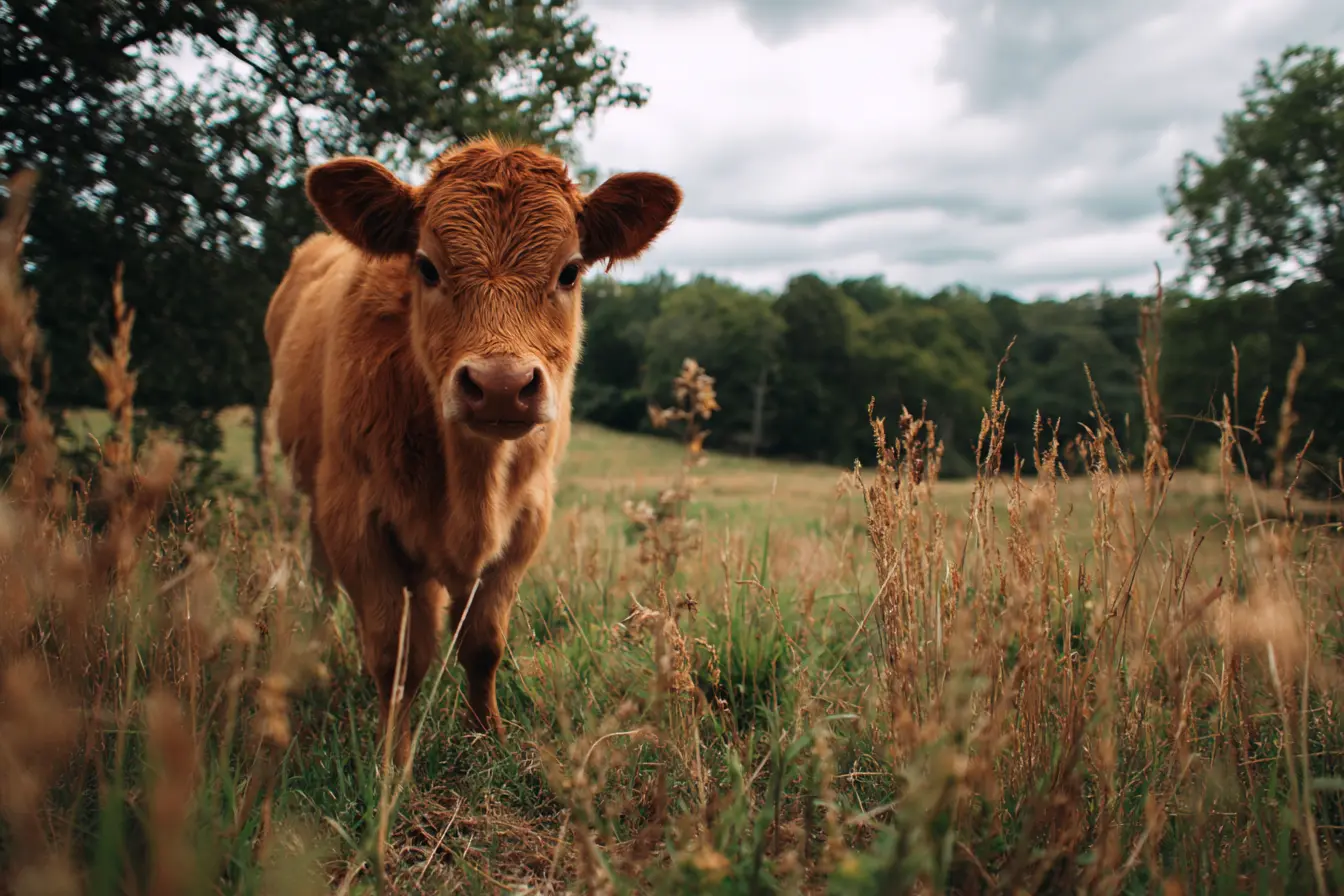
Mucosal Disease in Cattle: A Fatal Consequence of BVD
Mucosal Disease (MD) is a severe and often fatal condition that can occur in cattle infected with Bovine Viral Diarrhoea Virus (BVDV). While BVD itself can be managed and controlled, mucosal disease is a devastating outcome that affects only certain animals within infected herds. In this blog post, we’ll explain what mucosal disease is, how it develops, its clinical signs, and what farmers and vets can do to prevent it.
What is Mucosal Disease?
Mucosal Disease is a rare but deadly consequence of BVD infection. It develops only in persistently infected (PI) cattle—animals that were infected in the womb during early pregnancy and carry the BVD virus for life. These PI animals can appear healthy for months or years, shedding the virus continuously and acting as a reservoir of infection for other cattle.
MD occurs when a PI animal becomes infected with a second strain of BVD virus known as the cytopathic (CP) strain. The animal’s immune system is unable to recognise and fight off this second strain because it is so similar to the original BVD virus it was born with.
How Does Mucosal Disease Develop?
The sequence of events leading to mucosal disease involves:
- A calf is infected in utero with BVD virus before its immune system can recognise the virus as foreign (usually in early pregnancy).
- The calf is born as a PI animal, constantly shedding BVD virus throughout its life.
- At some point, the PI animal becomes infected with a cytopathic strain of BVD virus.
- Because the animal’s immune system sees the cytopathic strain as "self," it cannot mount a defence.
- The virus replicates rapidly in the animal’s body, causing extensive tissue damage and leading to the severe signs of mucosal disease.
Clinical Signs of Mucosal Disease
Mucosal disease typically occurs in animals between 6 and 24 months of age, although it can happen earlier or later. The clinical signs are dramatic and rapidly progressive:
- Severe, watery diarrhoea (often containing blood and mucus)
- Erosions and ulcers throughout the mouth, tongue, and gastrointestinal tract
- Profuse salivation and drooling
- High fever and depression
- Severe weight loss and rapid emaciation
- Lameness and crusty skin lesions around the feet and coronary band
Sadly, once these signs appear, mucosal disease is always fatal. Most animals die within a few days to a couple of weeks, despite supportive care.
Economic and Welfare Impact
Mucosal disease is a major animal welfare concern and a significant economic loss for farmers:
- Loss of valuable young stock
- Increased veterinary costs and emergency treatments
- Potential further spread of BVD virus to other animals in the herd if PI animals remain undetected
Prevention and Control
The only way to prevent mucosal disease is to prevent the birth and survival of PI animals, since mucosal disease only occurs in these individuals. Key control measures include:
-
BVD Eradication Programmes:
Identify and cull all PI animals in the herd to stop the cycle of infection. -
Biosecurity Measures:
Test incoming stock and quarantine to ensure no new PI animals are introduced. -
Vaccination:
Vaccination of breeding cows and heifers helps protect unborn calves from becoming PI animals by preventing in utero infection. -
Routine Monitoring:
Regular herd-level testing and veterinary review to detect any new BVD infection.
Conclusion
Mucosal disease is a devastating consequence of BVD that only occurs in persistently infected animals. By working closely with your vet to identify and remove PI animals, vaccinate your herd, and maintain strict biosecurity, you can protect your cattle from this fatal disease and support the long-term productivity of your farm.
Vets near you
Speciality vets
- Aquatics vet specialists
- Birds vet specialists
- Camelids vet specialists
- Cats vet specialists
- Cattle vet specialists
- Deer vet specialists
- Dogs vet specialists
- Equines vet specialists
- Exotic vet specialists
- Goats vet specialists
- Pigs vet specialists
- Poultry vet specialists
- Sheep vet specialists
- Small Mammals vet specialists
- Wild vet specialists



